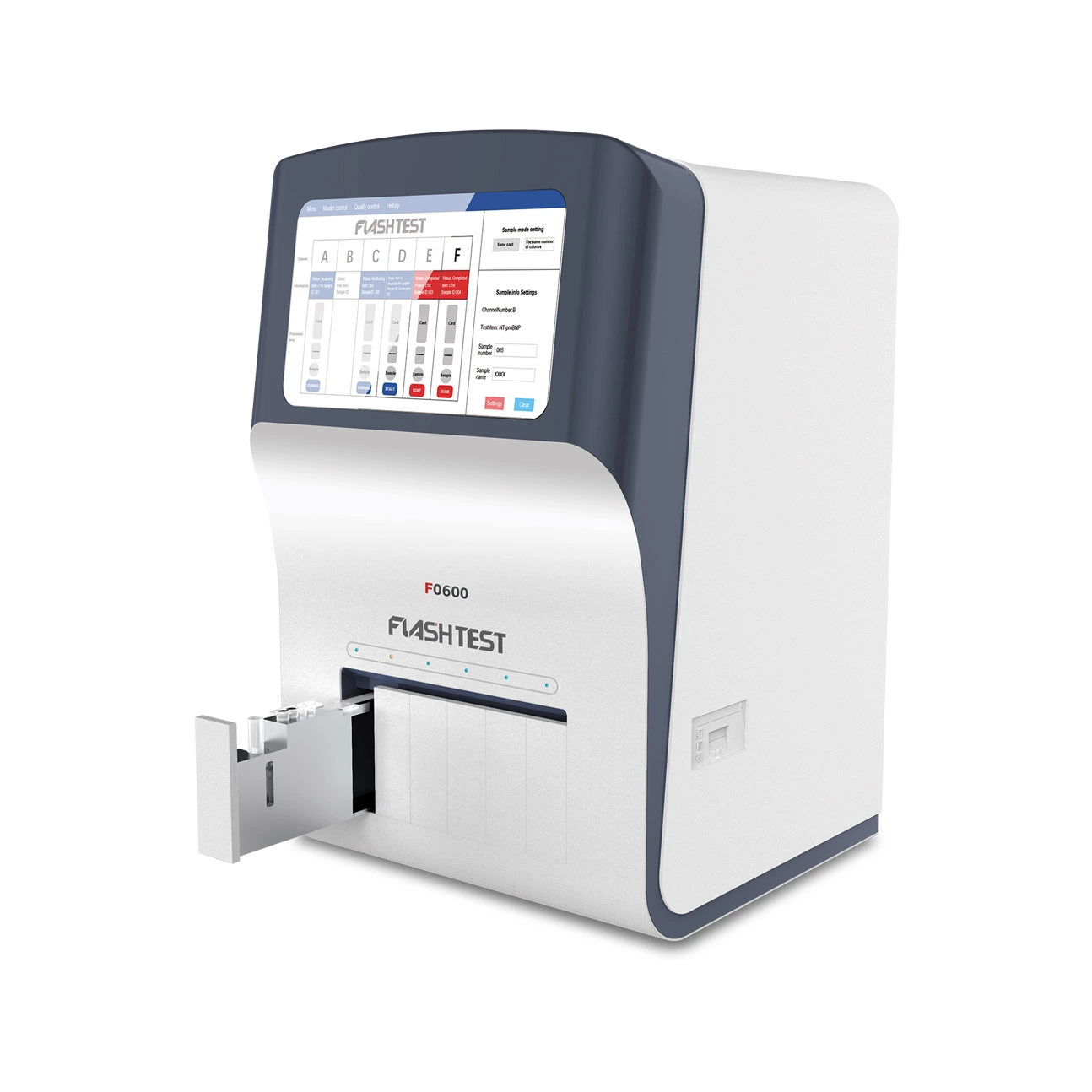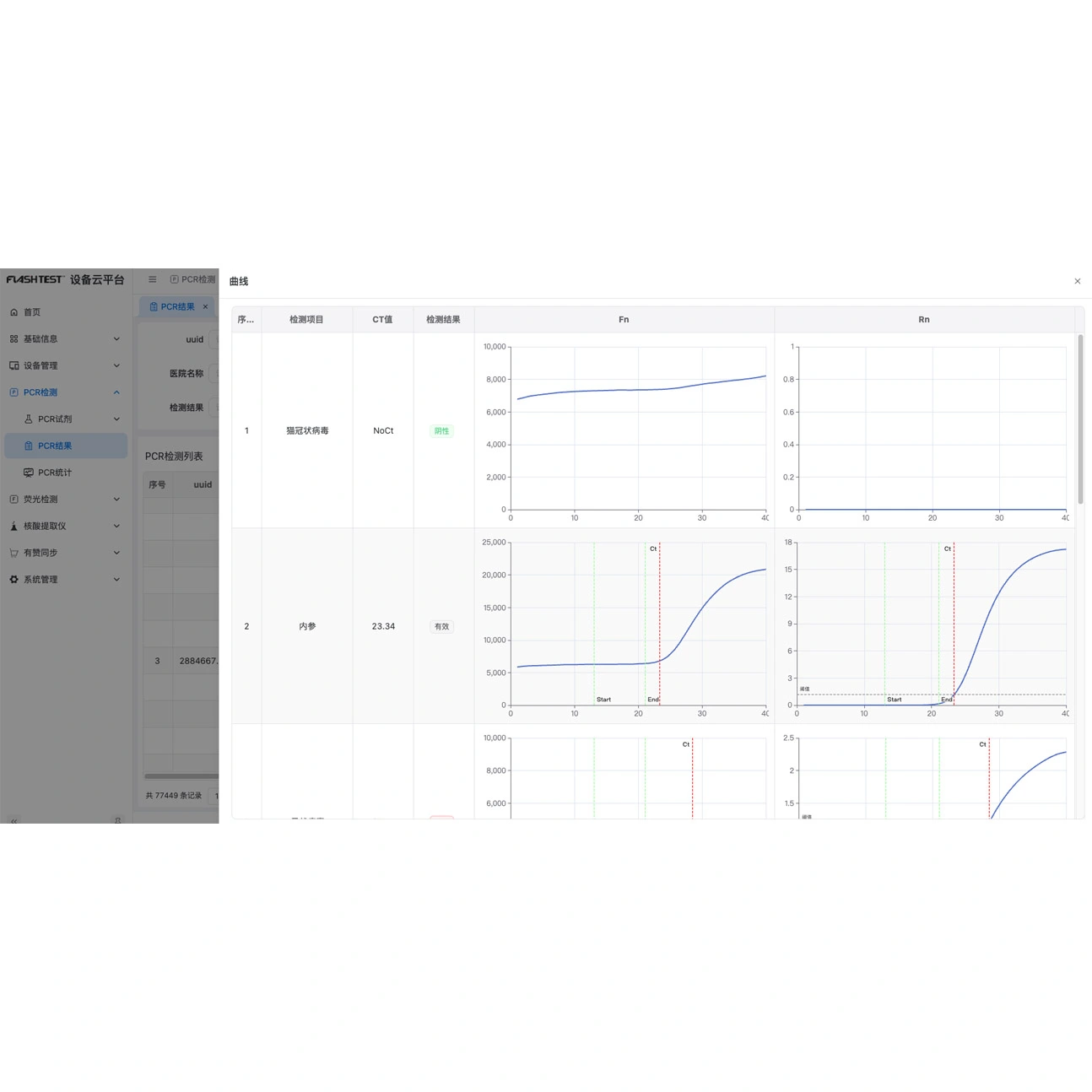The field of molecular biology has witnessed tremendous advancements in recent years, enabling researchers to explore and understand the complexities of genetics in unprecedented ways. Among the various techniques, quantitative polymerase chain reaction (qPCR) has emerged as a powerful tool for analyzing gene expression and DNA quantification. In this blog, we will dive into the principles and methodology of qPCR instruments, shedding light on their significance in modern-day molecular biology research.
Understanding qPCR
Quantitative polymerase chain reaction (qPCR) is a widely used method that measures the amplification of DNA sequences in real-time, allowing researchers to quantify the initial amount of DNA present. The qPCR instrument plays a crucial role in this process. These instruments are designed to facilitate the detection of a specific DNA target through the use of fluorescent dyes or probes. By monitoring the changes in fluorescence intensity during each amplification cycle, qPCR instruments provide accurate measurements of the target DNA's starting concentration.
Working Principles of qPCR Instruments
The primary components of a qPCR instrument include a thermal cycler, fluorescence detector, and a computer interface. The thermal cycler rapidly alters the temperature of the reaction mixture, enabling the denaturation, annealing, and extension steps of PCR. The fluorescence detector continuously monitors the reaction in real-time, capturing the emission of fluorescence from the molecular beacon or dye-labeled probes. The computer interface interprets the fluorescence readings and generates quantitative data for analysis.
qPCR Methodology: Key Steps
1. Primer Design and Selection: Careful design and selection of specific primers are crucial for the accurate amplification and detection of the target DNA sequence.
2. Template Preparation: The genetic material, DNA or cDNA, needs to be extracted and purified for optimal qPCR results.
3. Reaction Setup: The qPCR reaction consists of the template DNA, primers, fluorescent dyes or probes, and PCR reagents. The reaction mixture is then loaded onto the qPCR instrument.
4. Thermal Cycling: The qPCR instrument performs a series of heating and cooling cycles to amplify the DNA target, recording fluorescence measurements at each cycle.
5. Data Analysis: Software associated with qPCR instruments helps analyze the fluorescence data, generating amplification curves and quantifying the initial amount of target DNA.
Advantages and Applications of qPCR Instruments
Flashtest qPCR instruments offer several advantages over traditional PCR methods, including precision, sensitivity, and speed. They have revolutionized disease diagnostics, genetic testing, gene expression analyses, and microbial quantification. Researchers rely on qPCR instruments to study gene regulations, identify genetic variations, and monitor the progression of diseases, aiming to develop effective treatments and interventions.
The advent of qPCR instruments has transformed molecular biology research by enabling accurate and quantitative analysis of nucleic acids. A solid understanding of the principles and methodologies associated with qPCR instruments is crucial for obtaining reliable results and contributing to scientific advancements. By embracing this advanced technology, researchers can continue to unravel the mysteries of genetics, opening doors to new discoveries and therapeutic innovations.
In the realm of molecular biology, the qPCR instrument is an indispensable tool that empowers scientists to explore genes, DNA sequences, and their interactions in intricate detail. By employing these instruments, researchers can unlock a deeper understanding of diseases, genetic variations, and gene expression patterns, ultimately speeding up the process of finding innovative solutions to real-world challenges.
Related Animal Lab Test Products
-
-
- Dry Chemistry Analyzer
- Compact Fully Automated Immunofluorescence Analyzer
- Economical Immunofluorescence Analyzer
- Handheld Immunofluorescence Quantitative Analyzer
- High-Speed Fully Automated Immunofluorescence Analyzer
- Semi-Automated Immunofluorescence Analyzer
- Immunofluorescence Analyzer + Incubator
- Handheld Immunofluorescence Quantitative Analyzer


![[2422]Interleukin-6 (IL-6) [2422]Interleukin-6 (IL-6)](/uploads/image/20250112/13/Interleukin-6-IL-6-Test-Kit.webp)

